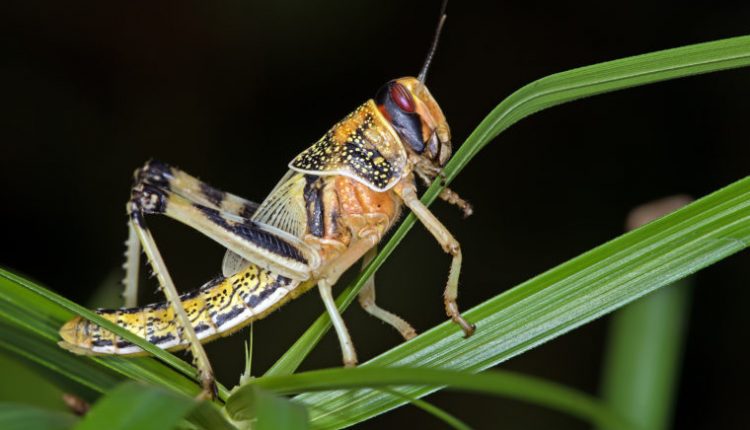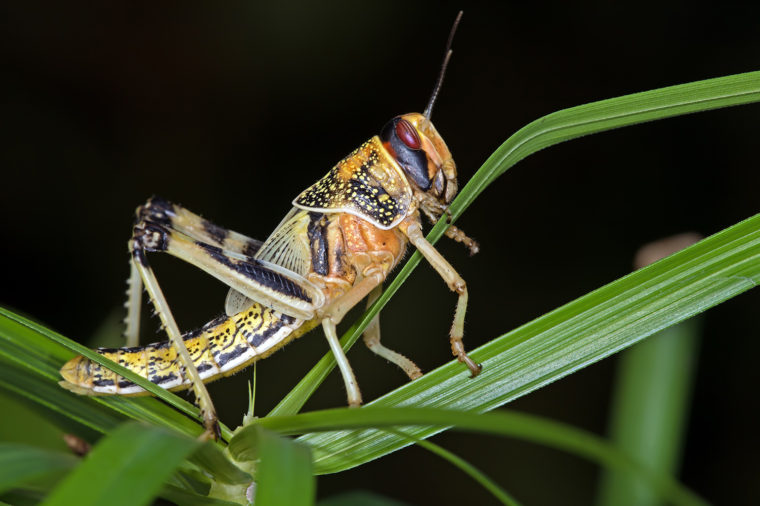
Using locusts’ sense of smell to create biorobotic sensing systems for security applications
How do you improve security systems? Utilize a locust’s sense of smell, of course.
Engineers from Washington University in St. Louis is harnessing locusts’ sense of smell to create new biorobotic sensing systems for use in homeland security applications.

Animals’ natural sensing systems are complex. The chemical sensing system responsible for our sense of smell could provide information necessary to create biology-inspired solutions.
For the past few years, Baranidharan Raman, associate professor of biomedical engineering in the School of Engineering & Applied Science, has been studying how sensory signals are received and processed in the simple brains of locusts. Ramen and his team discovered that odors prompt dynamic neural activity in the brain that allow the locust to correctly identify a particular odor, even with other odors present.
“Why reinvent the wheel? Why not take advantage of the biological solution?” said Raman. “That is the philosophy here. Even the state-of-the-art miniaturized chemical sensing devices have a handful of sensors. On the other hand, if you look at the insect antenna, where their chemical sensors are located, there are several hundreds of thousands of sensors and of a variety of types.”
The team will now monitor neural activity from the insect brain while they are freely moving and exploring and decode the smells present in their environment.
The team will need to employ low power electronic components to collect, log and transmit the data.
The engineers will also use locusts as a biorobotic system to collect samples using remote control.
One team member, Srikanth Singamaneni, associate professor of materials science, who specializes in nanomaterials, will be creating a plasmonic “tattoo” made of a biocompatible silk which will be applied to the locusts’ wings to generate mild heat and help to steer locusts to move toward particular locations by remote control. The tattoos will also be able to collect samples of volatile organic compounds in their proximity for other testing methods.
Many current engineered systems are still based on a dog’s sense of smell, which proves to be exemplary for homeland security and medical applications.
“However, the difficulty and the time necessary to train and condition these animals, combined with lack of robust decoding procedures to extract the relevant chemical sending information from the biological systems, pose a significant challenge for wider application,” said Ramen.
The team expects that its current work will lead to a proof-of-concept, hybrid locust-based, chemical-sensing approach for explosive detection.

Comments are closed, but trackbacks and pingbacks are open.